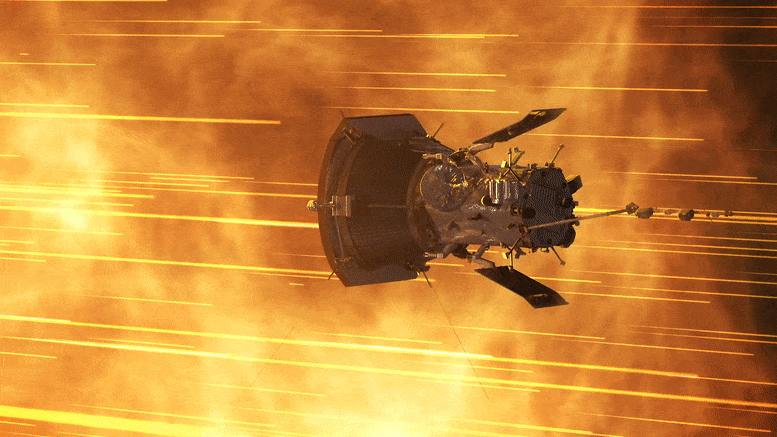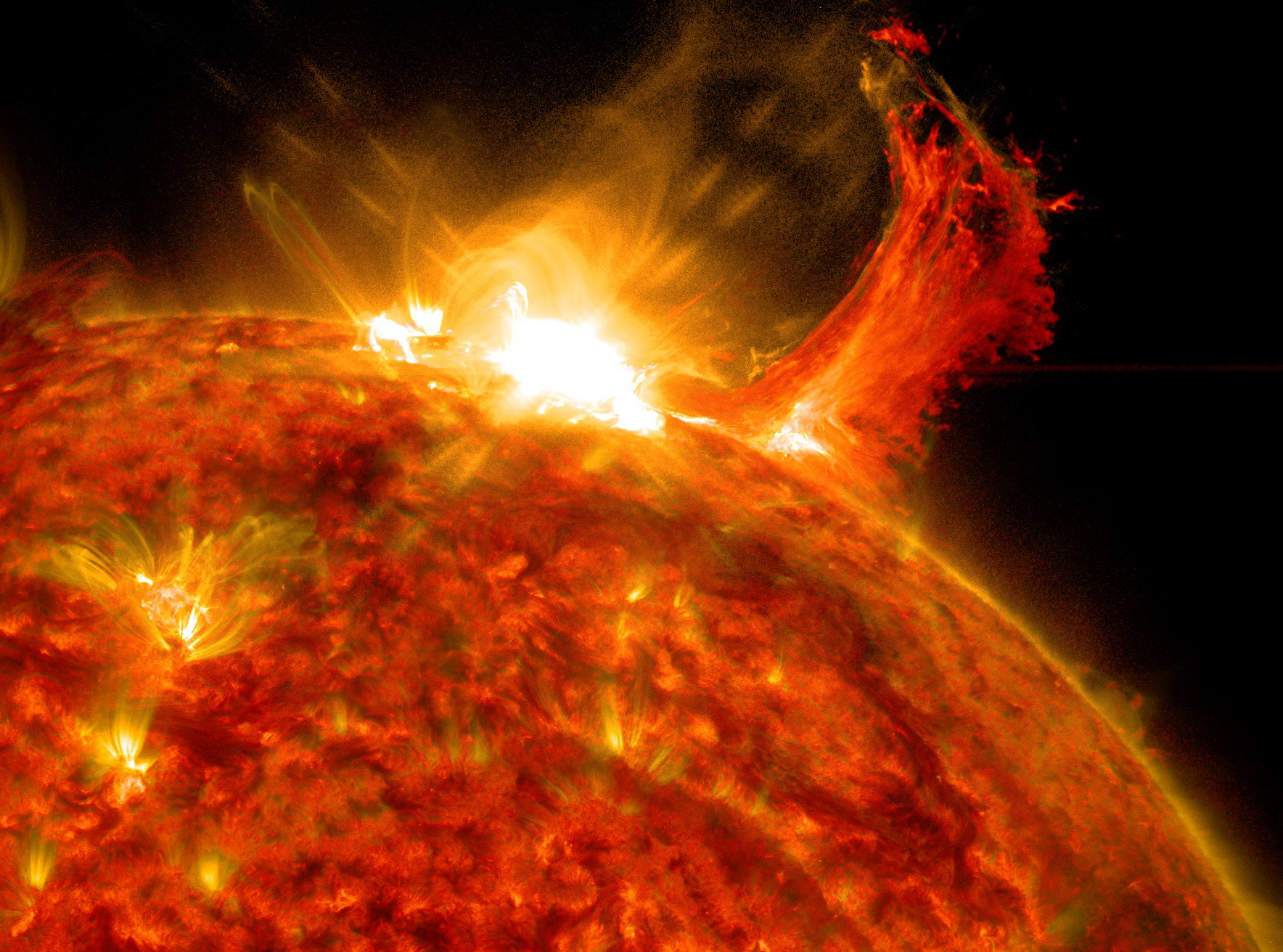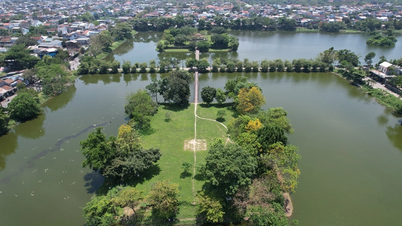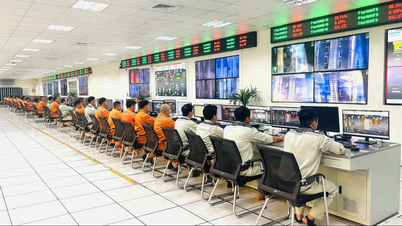
Simulation of the Parker Solar Probe entering the Sun's corona
Some people are worried that the end of the world is near. However, instead of burning buildings and terrible chaos, the apocalypse here is an internet outage that could last for months. All due to the impact of a solar storm, according to CBS News on June 28.
If the internet were to go down on a large scale, the consequences would be dire. In the US alone, the economy could lose up to $11 billion a day, according to The Washington Post, citing information from the internet monitoring tool NetBlocks. The loss of connectivity would disrupt manufacturing and slow down supply chains related to essential goods, food, and pharmaceuticals across the US.
Scientists at the US National Aeronautics and Space Administration (NASA) are currently looking for ways to prevent the above disaster from happening, by launching a spacecraft to study the sun. Data collected from this mission could allow them to study and prepare for a response in case a solar storm arises, thereby stopping the risk of "internet doomsday".
Here's what scientists are saying about the upcoming solar storm and how it's preparing.

The sun is in period 25.
What is 'internet apocalypse'?
The phrase has nothing to do with NASA, but actually comes from a report on solar storms published in 2021 by the University of California at Irvine (USA). The report mentioned the risk of a global internet outage lasting several months due to a solar storm.
Solar storms like these are among the most serious threats facing the internet, the report’s authors say, because coronal mass ejections can generate powerful electromagnetic currents that can penetrate and damage the long-haul fiber optic cables that form the backbone of the internet.
Citing past reports from scientists, the University of California report predicts that the probability of an extreme weather event with a direct impact on Earth ranges from 1.6 to 12 percent per decade. However, due to recent solar cycles being in a state of low activity, the report says that the situation is about to change.
What is happening to the sun?
As of December 2019, the sun is in solar cycle 25, which is the 25th cycle since scientists began recording data in 1755. Each cycle lasts 11 years. At the start of the current cycle, the National Weather Service predicted that solar activity would peak in 2025, while the remaining phases would be quite weak, according to CBS News.
However, in early June, researchers discovered that the current cycle was accelerating faster than originally expected, with multiple flares and eruptions appearing on the surface of our central star.
Despite the discovery that the sun is accelerating, researchers still believe that the current cycle will proceed normally compared to solar cycles in the previous century.
However, this does not mean that cycle 25 is free of the risk of an event. In April, a severe geomagnetic storm formed, the third solar storm since the current cycle began.

NASA launched the Parker Solar Probe in August 2018
NASA spacecraft
In 2018, NASA launched the Parker Solar Probe. By 2021, the spacecraft will reach the sun's surface, entering the upper atmosphere, the corona, where the solar wind is active.
Here, the spacecraft collected a lot of information related to the solar wind and its influence on the space-atmosphere system over a large area.
Thanks to the mission, NASA discovered that the solar wind is energized from the bottom of the corona, allowing to explain the mechanism of the solar wind accelerating and increasing heat, according to expert Craig DeForest of the Southwest Research Institute (headquartered in Boulder, Colorado, USA).
As DeForest's team continues to pursue research efforts to uncover the secrets of the sun, NASA recently built a computer model that can warn of the risk of solar storms.
With this technology, authorities have 30 minutes of warning before a solar storm hits the planet. This is a golden time to prepare and protect power grids and other essential infrastructure.
In addition, solar storms strong enough to shut down the global internet are estimated to occur only once every 500 years, with the last one occurring 164 years ago. Therefore, although preparing for the worst, experts say there is no need to worry too much about the risk of solar storms in the next 2 years.
Source link

































































































Comment (0)